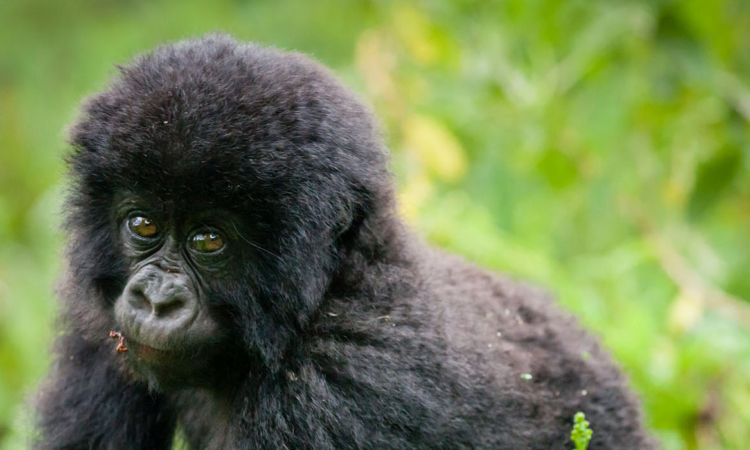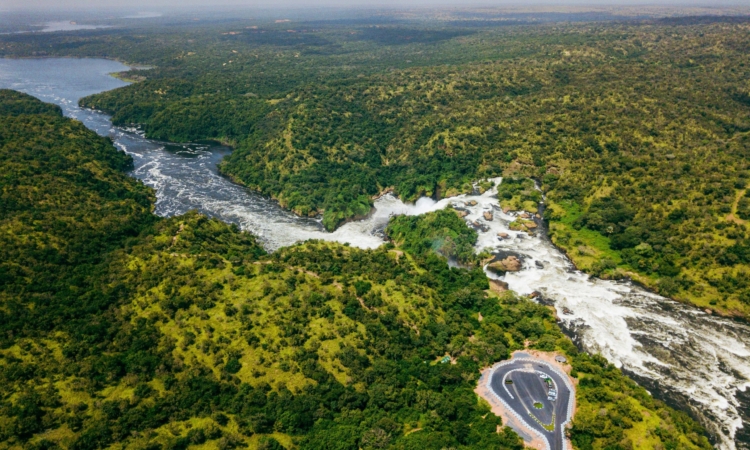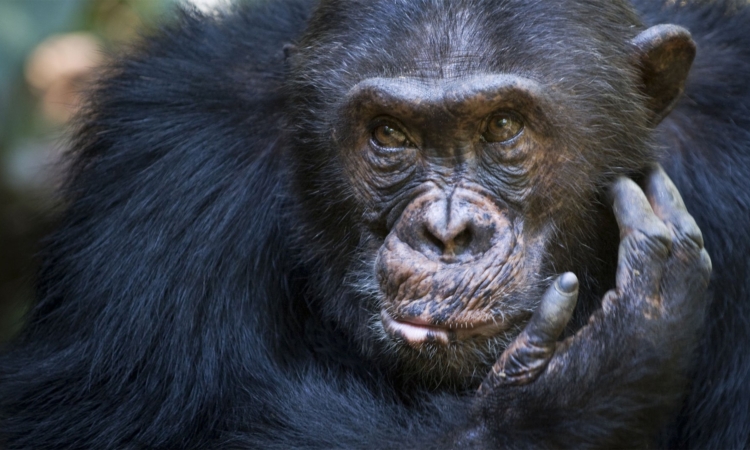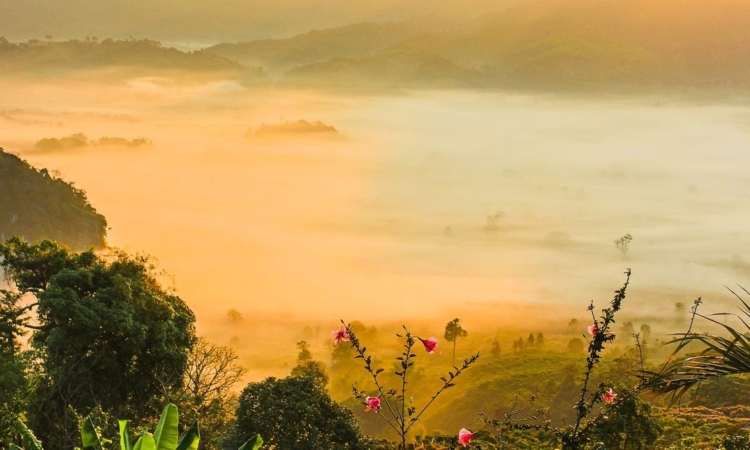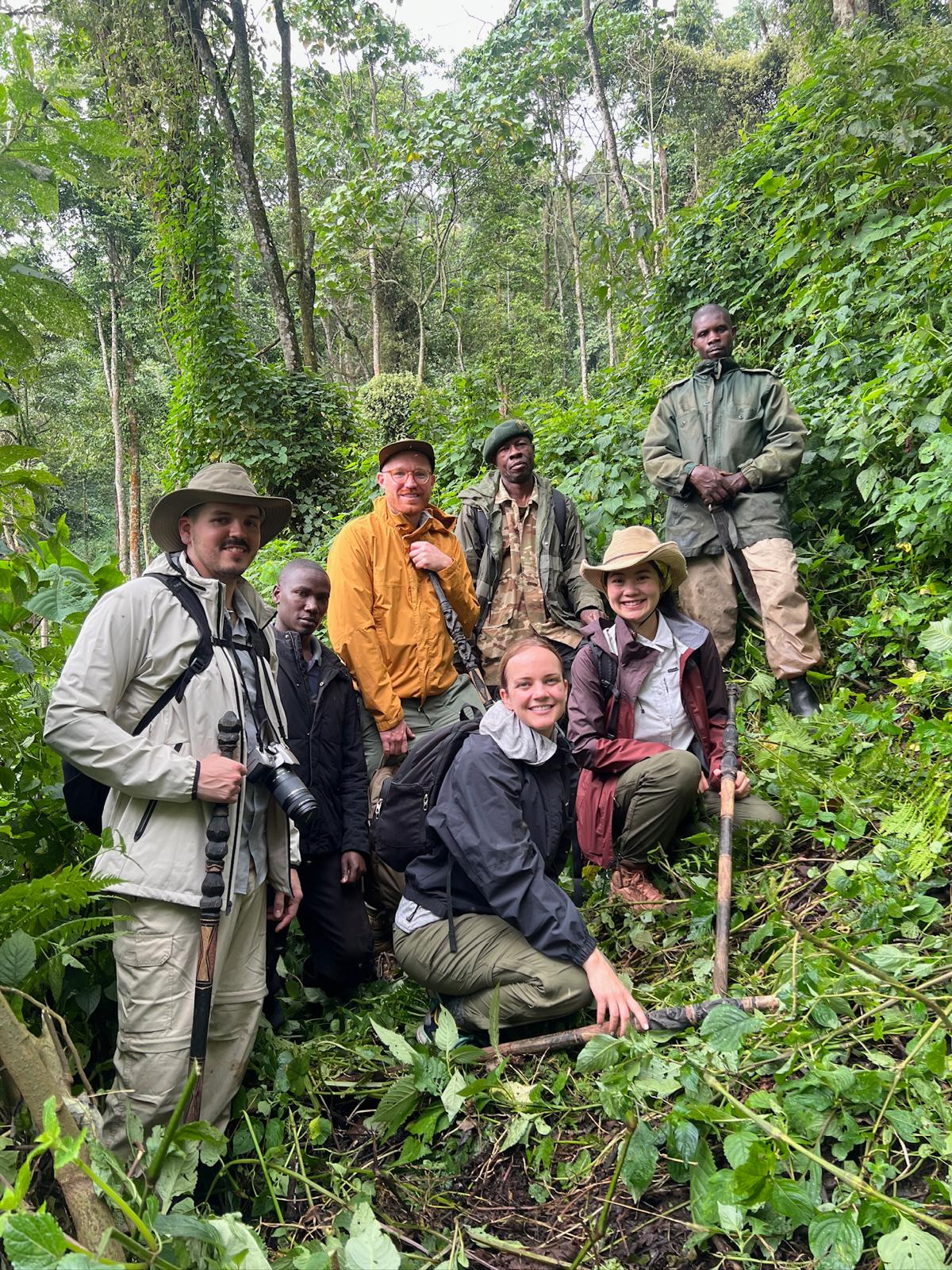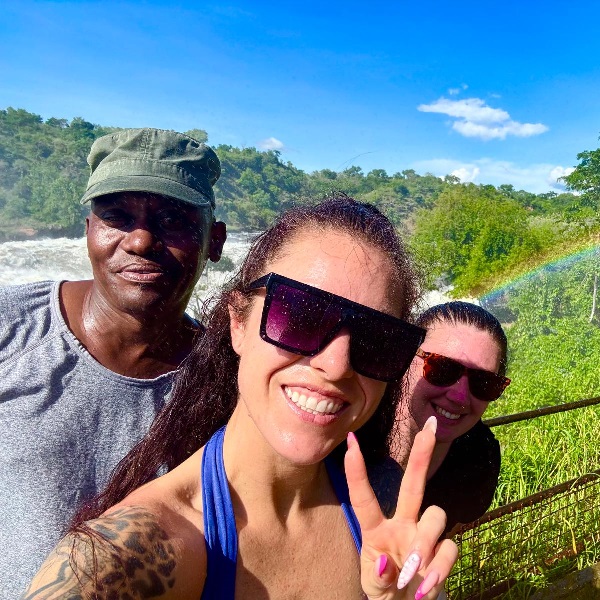Samburu National Park covers an area of 165 square kilometers in Kenya. Established in 1985, it is characterized by thick riverine forests, doum palm mangroves, mountains, acacia woodlands, thorn trees, grasslands, rivers, and swamps. The park’s altitude ranges from 800 to 1,230 meters above sea level.
The Samburu Reserve falls within ecological zone V, classified as arid and semi-arid, with a moisture index of 42 to 57, indicating that evapotranspiration exceeds available moisture. Daytime temperatures are extremely hot, while nights are very cold. The annual mean temperatures range from 18°C to 30°C, with an average annual rainfall of 354 mm.
This national reserve is famously where conservationists George and Joy Adamson raised Elsa the lioness, as featured in the award-winning book and film Born Free. The reserve derives its name from the local tribe known as the “Samburu,” which means “Butterfly.” The tribe got its name due to the striking patterns they paint on their faces to accentuate their features.
Samburu National Reserve is also known for the lioness Kamunyak, who became famous for adopting oryx calves. The tribes living in the surrounding areas include the Samburu, Borana, and Rendile. The name Ewaso Ng’iro is derived from a local Samburu word meaning “River of Brown Water.”
Entry Fees
Entry fees for Samburu National Reserve are $70 for adult non-residents, $40 for non-resident children, 1,000 Kshs for Kenyan adult citizens, and 500 Kshs for Kenyan citizen children. Camping at the park costs $12 per person per night. Entry fees may change annually, so it’s advisable to inquire before traveling.
History
The Samburu National Reserve was first visited by Von Hohnel in the 1860s, who described it as teeming with abundant wildlife, especially buffalo and rhinos. Later, the reserve attracted hunters such as Arthur Newmann.
Initially gazetted as part of the larger Marsabit National Reserve in 1948, Samburu National Reserve was separated and established in 1962 with financial help from the Elsa Trust. This initiative followed a suggestion by the senior game warden of Samburu District, Rodney Elliot.
Location
Samburu Game Reserve is located in the southeastern corner of Samburu County, in Kenya’s Rift Valley Province. It is bordered by the Ewaso Ng’iro River, with Buffalo Springs National Reserve on the other side of the river. The reserve is 347 kilometers from Nairobi, the capital of Kenya. Flights are also available twice daily from Nairobi to Buffalo Springs and Samburu, taking about 45 minutes to an hour.
Best Time to Visit
Samburu National Reserve can be visited year-round, though the best time for wildlife viewing is from June to October when the vegetation is less dense, and animals gather around water sources. Birdwatchers are encouraged to visit from November to May when migratory birds from North Africa and Europe are present.
Accommodation
There are several accommodation options within Samburu National Reserve, with choices depending on travelers’ preferences and budgets. These include Saruni Samburu, Sarova Shaba Game Lodge, Samburu Intrepids, Joy’s Camp, Samburu Lodge, Samburu Heritage, Yare Safari Lodge, Sarara Camp, Desert Rose, Kitich Camp, Umoja Campsite, Samburu Larsens Camp, Elephant Watch Camp, Elephant Bedroom, Maralal Safari Lodge, among others.
Animals
Samburu National Reserve is home to abundant wildlife, making it one of Kenya’s ideal safari destinations. Approximately 50 species of animals inhabit the park, including oryx, Grevy’s zebra, gerenuk, giraffes, African bush elephants, buffalo, leopards, lions, hippos, Kirk’s dik-dik, black rhinos, warthogs, olive baboons, impalas, waterbucks, crocodiles (especially at the Ewaso Ng’iro River), bushbucks, and many more.
Birding
Samburu National Reserve hosts at least 350 bird species, some of which include the northern red-billed hornbill, superb starling, grey-headed kingfisher, secretary bird, bateleur, lilac-breasted roller, marabou stork, palm-nut vulture, yellow-billed hornbill, vulturine guinea fowl, tawny eagle, Verreaux’s eagle, yellow-necked spurfowl, Somali ostrich, dusky nightjar, Donaldson’s nightjar, white-headed mousebird, D’Arnaud’s barbet, Somali bee-eater, golden pipit, Donaldson’s sparrow-weaver, golden-breasted starling, rosy-patched bush shrike, and black-capped social weaver.
Cultural Encounters
Visitors to Samburu National Reserve can experience a traditional African cultural experience. This includes energetic performances by local dancers and insights into the local way of life by visiting a traditional village.
Shaba and Buffalo Springs National Reserves
Shaba and Buffalo Springs National Reserves are also located along the Ewaso Ng’iro River, forming the largest conservation area in Kenya alongside Samburu National Reserve.
Established in 1974, Shaba National Reserve boasts spectacular scenery characterized by dry savannah grasslands, scattered woodlands, and riverside forests. Shaba is home to the Shaba Hill volcano and the endangered Grevy’s zebra, along with other animals like aardvarks, klipspringer, Masai giraffes, greater kudu, gerenuk, hyrax, and bat-eared foxes.
Approximately 390 bird species inhabit the reserve, including Somali bee-eater, Von der Decken’s hornbill, spotted palm thrush, white-headed mousebird, yellow-vented eremomela, and Reichenow’s seedeater.
Buffalo Springs covers an area of 131 square kilometers, situated south of Samburu National Reserve. The park is rich in wildlife, including African bush elephants, hippos, crocodiles, cheetahs, leopards, lions, oryx, gerenuk, reticulated giraffes, Grant’s and Grevy’s zebras, and bird species like the acacia tit, greater kestrel, Egyptian vulture, bristle-crowned starling, chestnut-headed sparrow-lark, Donaldson’s sparrow-weaver, bare-eyed thrush, black-capped social weaver, brown-tailed rock chat, ashy cisticola, and Abyssinian ground hornbill.


